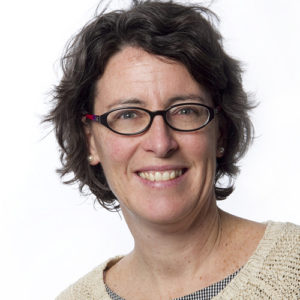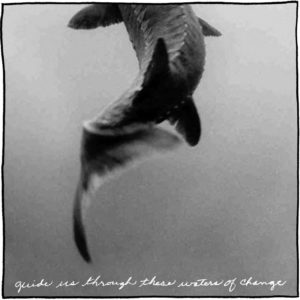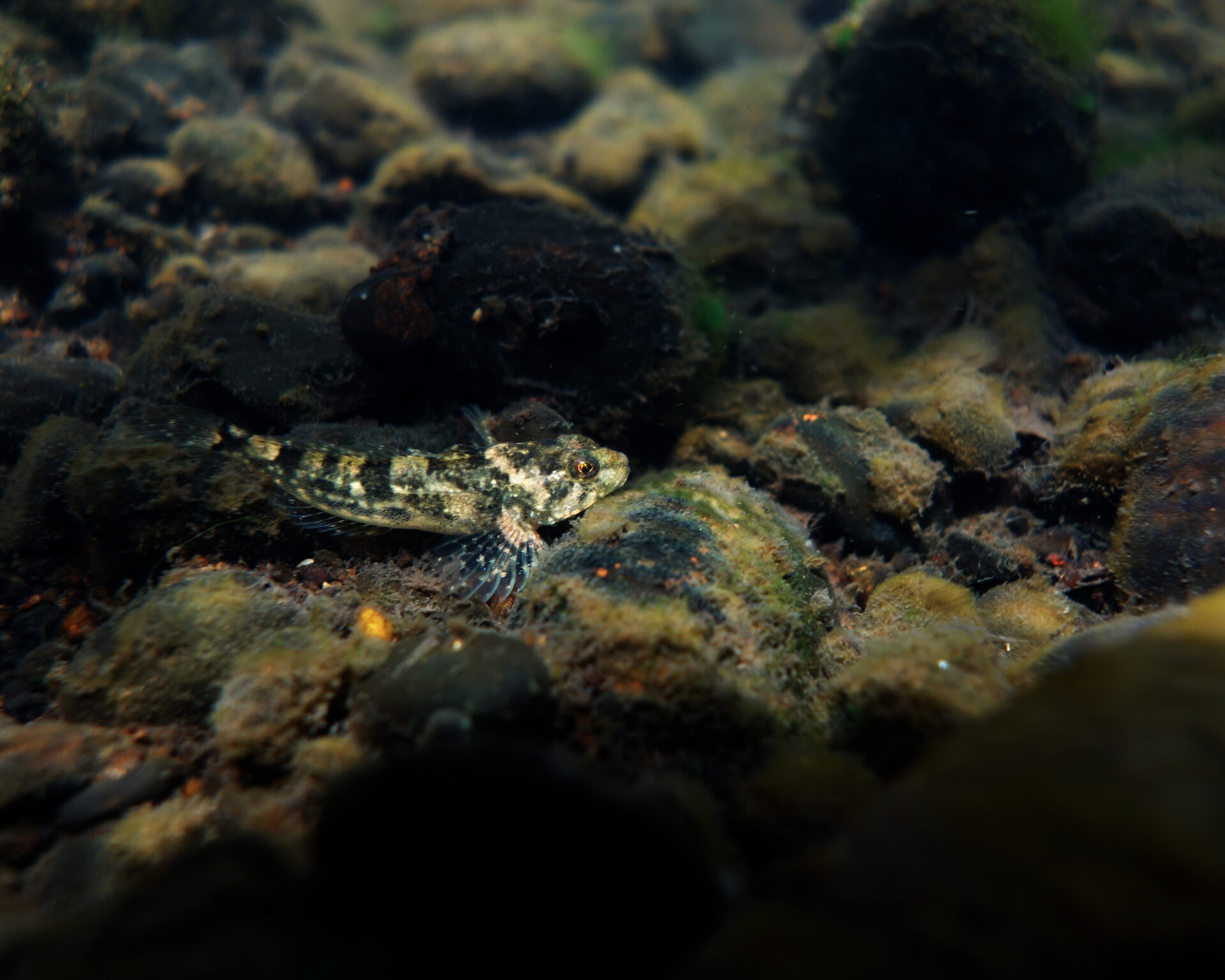Anne Moser, senior special librarian and education coordinator at Wisconsin Sea Grant, recently penned this story for the spring 2020 issue of the International Association of Great Lakes Research’s newsletter, “Lakes Letter.” Here’s a reprint for your enjoyment.
While the idea of scientists and artists collaborating may sound like a 21st century concept, the history of these disparate disciplines working in tandem dates back thousands of years. Scientists have long used art to document and illustrate, while artists have sought out science as inspiration. We see it in the prehistoric art in the caves of southern France, the human anatomy drawings of the master Leonardo da Vinci, and the exquisite masterpieces by John Audubon. The link continues today, as scientists and artists connect deeply to mutually inform their work. Artists are studying scientific findings to accurately communicate their concerns and inspirations, while scientists are searching for ways to better translate their research through art to engage a broader public in their findings.
Recent education and outreach projects at the University of Wisconsin Sea Grant Institute (WSG) have taken this interdisciplinary approach by combining art and science to communicate Great Lakes research. We have taken inspiration from our work with children, who dive into scientific learning with an open mind, interdisciplinary nature and artistic flair.

Anne Moser. Image credit: Wisconsin Sea Grant
The three projects featured here highlight opportunities where unique partnerships were forged and surprising common ground found between artists and scientists. Each exemplifies the crossing of disciplinary boundaries, with the goal of a more science-informed society, regardless of age, socioeconomic status or education.
We welcome collaborations from across the Great Lakes watershed. Please contact the author at akmoser@aqua.wisc.edu.
The Poly Pledge
In 2016, J. Leigh Garcia, at the time a student in the University of Wisconsin-Madison Master of Fine Arts program, approached the Wisconsin Water Library looking for information about plastic pollution and fish consumption. Although she was originally concerned about the impact plastic might have on her health, her library reference question eventually led to a public art installation on the UW-Madison campus.
Leigh and a collaborator, Pete Bouchard, created a human-powered vending machine that dispensed reusable screen-printed shopping bags in exchange for pledges not to use plastic bags for one month.
About 130 people took the pledge. WSG then held a symposium that featured Garcia and Bouchard talking about their artistic approach and the goals of their public performance. This artists’ talk was paired with a science presentation by Loyola University Chicago Associate Professor Timothy Hoellein, who gave an overview of his research on the sources and impacts of anthropogenic litter (trash) around Chicago.
 Ancient Survivors
Ancient Survivors
Inspired to generate dialogue and discussion between art and science, two professors at the University of Minnesota Duluth curated almost 50 black and white images of lake sturgeon to help tell the story of the Great Lakes.
These artistic interpretations formed the basis of several outreach programs, including a collaboration with the Thelma Sadoff Center for the Arts in Fond du Lac, Wisconsin. During early 2019, the THELMA mounted an exhibition in conjunction with the winter sturgeon-spearing season on Lake Winnebago.
The exhibition included the artwork as well as artifacts and historical objects never previously collected in one place. Over 10,000 people learned the conservation story of an ancient fish brought back from the brink of extinction through newspapers, decoys and spears, audio recordings, scientific papers, sculpture, and drawings.
Under the Surface
At Northwest Passage in northwest Wisconsin, youth in mental health treatment have the opportunity to go under the surface as part of an innovative curriculum that blends art, science and therapeutic healing using underwater photography.
This WSG-funded project has resulted in a photography exhibition that has traveled to libraries, visitor centers and other public spaces around Wisconsin, showing the power of water to heal and restore. As one visitor to a show noted, “This exhibit took my breath away. I am blown away by how these kids have overcome pain and hardship and channeled emotions and experiences into creating great art.”

An image from the “Under the Surface” project, courtesy of Northwest Passage.
Blog – Wisconsin Sea Grant
https://www.seagrant.wisc.edu/blog/crossing-borders-art-science-and-the-great-lakes/
